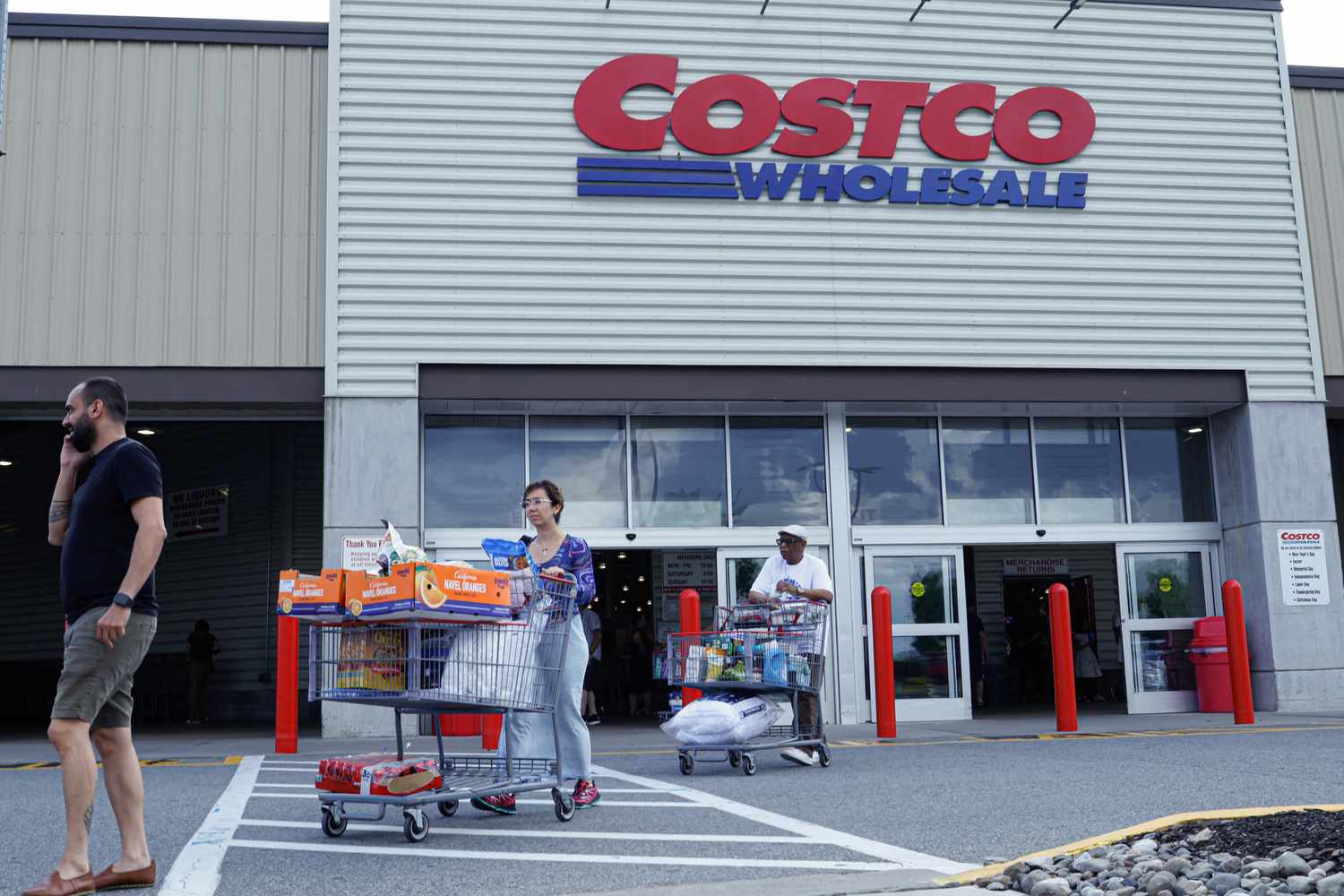Costco Wholesale Corporation delivered a stellar performance in its fiscal first quarter, outshining Wall Street’s expectations and reinforcing its position as a leader in the retail sector. The membership-based warehouse retailer reported significant gains in revenue and earnings, buoyed by robust e-commerce sales growth and resilient consumer spending. This performance highlights Costco’s adaptability to evolving market dynamics and its ability to cater to diverse consumer needs.
In the three months ending November 24, Costco’s net income soared to $1.80 billion, or $4.04 per share, surpassing analysts’ predictions of $3.79 per share. Revenue for the quarter climbed to $62.15 billion, exceeding the anticipated $62.08 billion and marking a considerable increase from $57.80 billion during the same period last year. These results underscore Costco’s operational strength in navigating a complex economic landscape characterized by inflationary pressures and shifting consumer priorities.
A key driver of Costco’s success this quarter was its e-commerce segment, which witnessed a 13% year-over-year growth. This expansion was fueled by strategic initiatives such as improving the online shopping experience, focusing on bulky item deliveries, and increasing market penetration. CEO Ron Vachris highlighted the achievement of nearly one million deliveries in the quarter, setting a new benchmark for the company’s logistics capabilities. Enhanced online traffic, higher conversion rates, and an increase in average order values further contributed to this digital success story.
Consumer behavior during the quarter reflected a mix of cautious spending and selective indulgence. Chief Financial Officer Gary Millerchip noted that while customers remained discerning, they continued to prioritize quality and value, particularly as inflationary pressures eased. Costco’s fresh food category stood out, with strong performances in meat and produce sales indicating a preference for cooking at home over dining out. Millerchip also pointed to a “bifurcation” in spending patterns, with some members opting for premium cuts of meat while others favored more economical choices like poultry and lower-cost beef and pork cuts.
Costco’s private label brand, Kirkland Signature, outperformed the overall business, reflecting the company’s ability to deliver exceptional value across a range of products. Strategic price reductions on popular items, including organic peanut butter, chicken stock, and Sauvignon Blanc, underscored Costco’s commitment to affordability without compromising quality. Non-grocery categories also thrived, with double-digit growth recorded in jewelry, home furnishings, luggage, health and beauty aids, and sporting goods.
The retailer’s membership model remains a cornerstone of its success. Membership fee revenue rose to $1.17 billion, an 8% year-over-year increase excluding foreign exchange impacts. Despite a recent fee hike, its impact on quarterly results was minimal due to deferred accounting practices. Global membership renewal rates stood at 90.4%, a testament to Costco’s strong customer loyalty, though there was a slight dip attributed to the influx of new members through digital channels, who tend to renew at lower rates initially. By the end of the quarter, Costco boasted 77.4 million paid household members and 138.8 million cardholders worldwide, marking an 8% year-over-year increase.
Operational milestones further highlighted Costco’s dominance. Its bakery division achieved record-breaking sales during Thanksgiving, with 4.2 million pies sold in just three days. Meanwhile, the retailer’s food courts saw robust demand, selling 274,000 pizzas on Halloween alone. Costco’s ancillary services, including optical departments and travel offerings, also performed strongly, complementing its core retail operations.
Costco’s growth strategy extended to its physical footprint, with seven new warehouse clubs opened during the quarter and plans for 29 additional locations in the fiscal year, including three relocations and ten international sites. This expansion underscores the company’s commitment to broadening its global presence while maintaining a stronghold in the U.S., where it operates 617 clubs out of nearly 900 worldwide.
The company’s stock has been a standout performer, surging nearly 50% year-to-date and far outpacing the S&P 500’s 27% gain over the same period. Shares closed at $988.39 on Thursday, reflecting investor confidence in Costco’s robust business model and growth potential. As inflationary pressures ease and consumer spending patterns evolve, Costco’s strategic focus on value, quality, and innovation positions it as a formidable player in the retail landscape.









